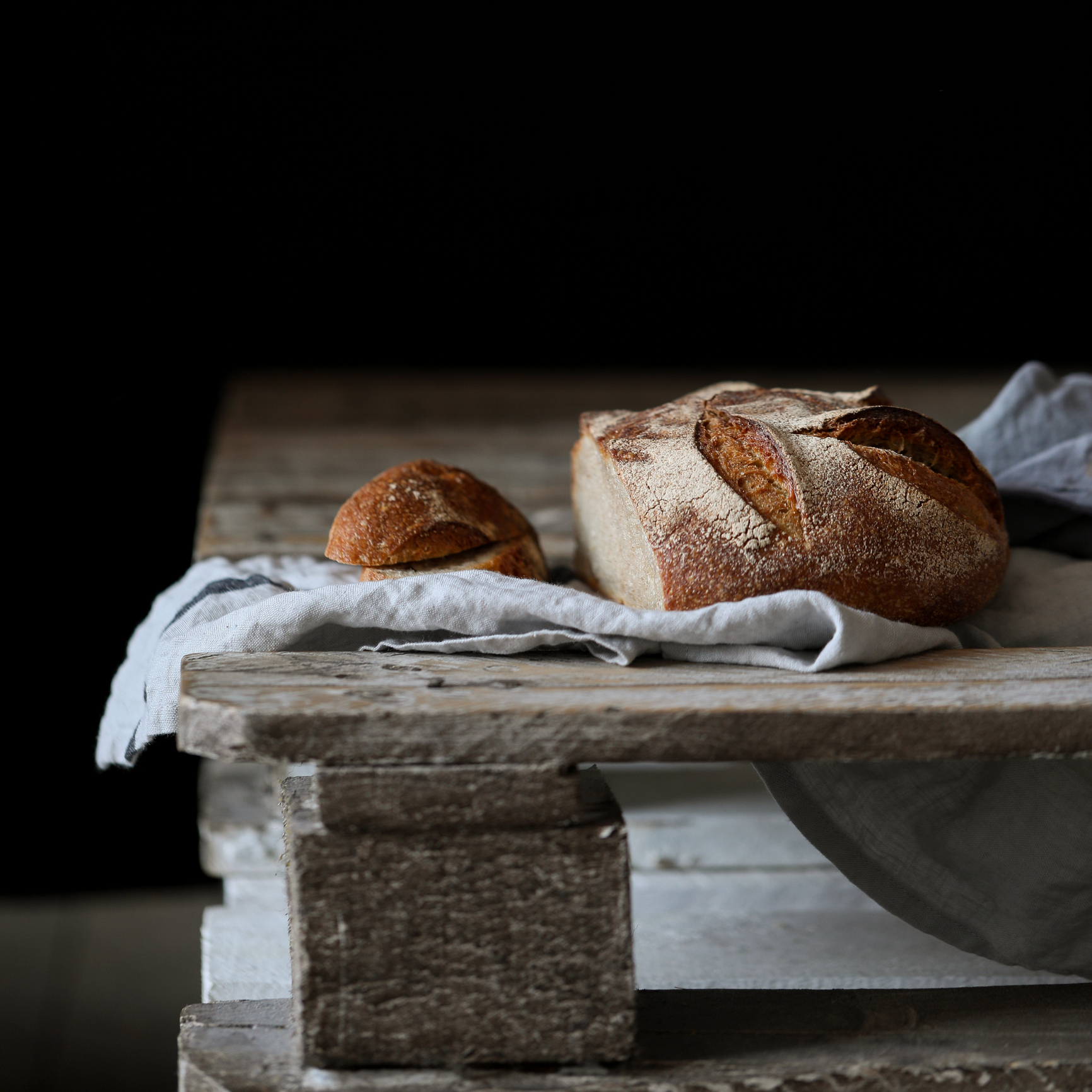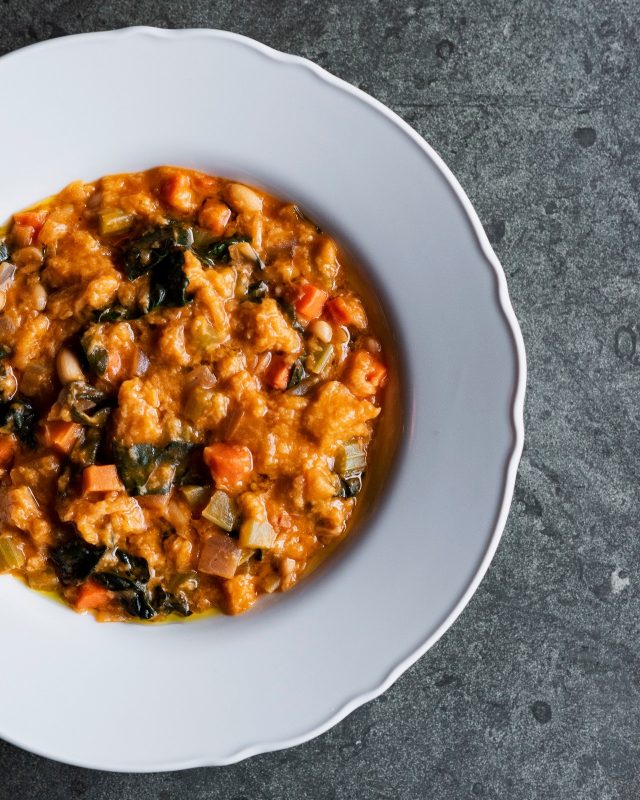Stale Bread and Italian Cuisine: Necessity is the Mother of Invention

This is the first in a series of feature articles written by Chef Daniel Costa on the historical and regional context of Italian cuisine. Chef Costa is sharing his insights and recipes for many familiar and some not so familiar Italian dishes. We hope that you not only enjoy the stories behind Italy’s regional dishes, but have fun preparing Chef Costa’s recipes. Buon appetito!
My first taste of ribollita was at Ristorante Da Delfina in the small town of Artimino, nestled in the hills just outside of Florence. Of course I thought I had not only made ribollita numerous times, but also had tasted it in many restaurants throughout Tuscany. As it turned out, I was mistaken. My research had always taught me that ribollita (reboiled) was a Tuscan vegetable soup in which the leftovers were brought back to the boil the following day and thickened with stale bread, resulting in a vegetable stew like consistency. The Da Delfina version was crisp, with a deep flavour of caramelized vegetables and served with a fork rather than a spoon. The chef, Carlo Cioni, explained that what I thought to be ribollita was in fact minestra di pane (bread soup) made the day after its original form, minestra di verdure (vegetable soup). Minestra di pane al forno (baked bread stew) comes on day 3 and finally, on day 4, ribollita (recooked bread stew), which is gently fried in a cast-iron skillet until a deep golden crust is formed. Each variation is equally delicious and all stem from cucina povera (cuisine of the poor).
The necessity of “nothing goes to waste” in family kitchens resulted in regional dishes that are now served in restaurants throughout Italy and reimagined by chefs internationally. The use of stale bread transformed into a dish with interesting textures and flavours is the perfect example of this. Pangrattato are breadcrumbs lightly roasted or fried and spooned over simple pasta dishes giving crunch and saltiness which, in southern Italy, replaced costly grated cheese. In Le Marche, there is passatelli: thick noodles made of breadcrumbs, parmigiano, nutmeg and lemon simmered in rich chicken broth.
Sud Tyrol (Alto Adige) has canederli, which are dumplings made of stale bread, eggs, cheese and smoky speck. In Puglia, you will find polpette di pane (fried bread balls) served alongside a glass of wine in bars. Tuscany has many variations of bread soup along with Panzanella, a tomato and cucumber salad tossed with water and vinegar-soaked bread. My grandmother made polpettone, a large meatless meatloaf made of ricotta, bread, pecorino and parsley slowly simmered in tomato sauce, to serve their family of eight. All of these dishes stem from frugality and have been refined and altered over generations of family recipes in response to availability and cultural influences. I gravitate towards these historic creations, each of which holds a story within the recipe.

Zuppa di Pane (Bread Soup)
Serves 4
Ingredients
1 cup of dried cannellini beans or white kidney beans, soaked in water overnight
1 large bunch of black kale, washed, stems removed and leaves roughly chopped
1 large carrot, peeled and medium diced
2 ribs of celery, medium diced
1 medium red onion, peeled and medium diced
1 medium fennel bulb, medium diced
3 cloves of garlic, whole but peeled
1 parmigiano rind
2 handfuls of day old bread, crust removed and ripped into small pieces
3 Tablespoons of double concentrated tomato paste
¼ cup of extra virgin olive oil
2 sprig of fresh sage
kosher salt
pepper
Procedure
1. Place the pre soaked beans in a medium sized pot with enough water to cover them by 2 inches. Add 2 cloves of garlic, a teaspoon of kosher salt and a sprig of fresh sage. Simmer gently for approximately 2 hours or until tender. Add more water if necessary. Stir occasionally as the beans cook.
2. In a medium sized pot, heat the olive oil over medium-high heat. Add the carrot, celery, onion, fennel and remaining sprig of sage, season with a pinch of salt and pepper. Cook until lightly golden, stir frequently. Add the remaining clove of garlic and continue to cook for an additional 3 minutes. Add the tomato paste and cook for 1 minute, stir frequently. Add the cooked beans, kale, and parmigiano rind. Add enough water to just cover the vegetables. Bring the soup to a boil, then turn down to a simmer.
3. Allow the soup to simmer for 45 minutes, add more water if needed. Remove and discard the garlic clove, parmigiano rinds and sprig of sage. Add the bread to the soup and allow to cook for 5 minutes, add more water to maintain a thick stew consistency. Allow the soup to rest for 15 minutes. Season to taste with salt and pepper. Serve with a generous drizzle of high quality extra virgin olive oil.
Chef Daniel Costa is the chef/owner of Corso32, Bar Bricco and Uccellino.
